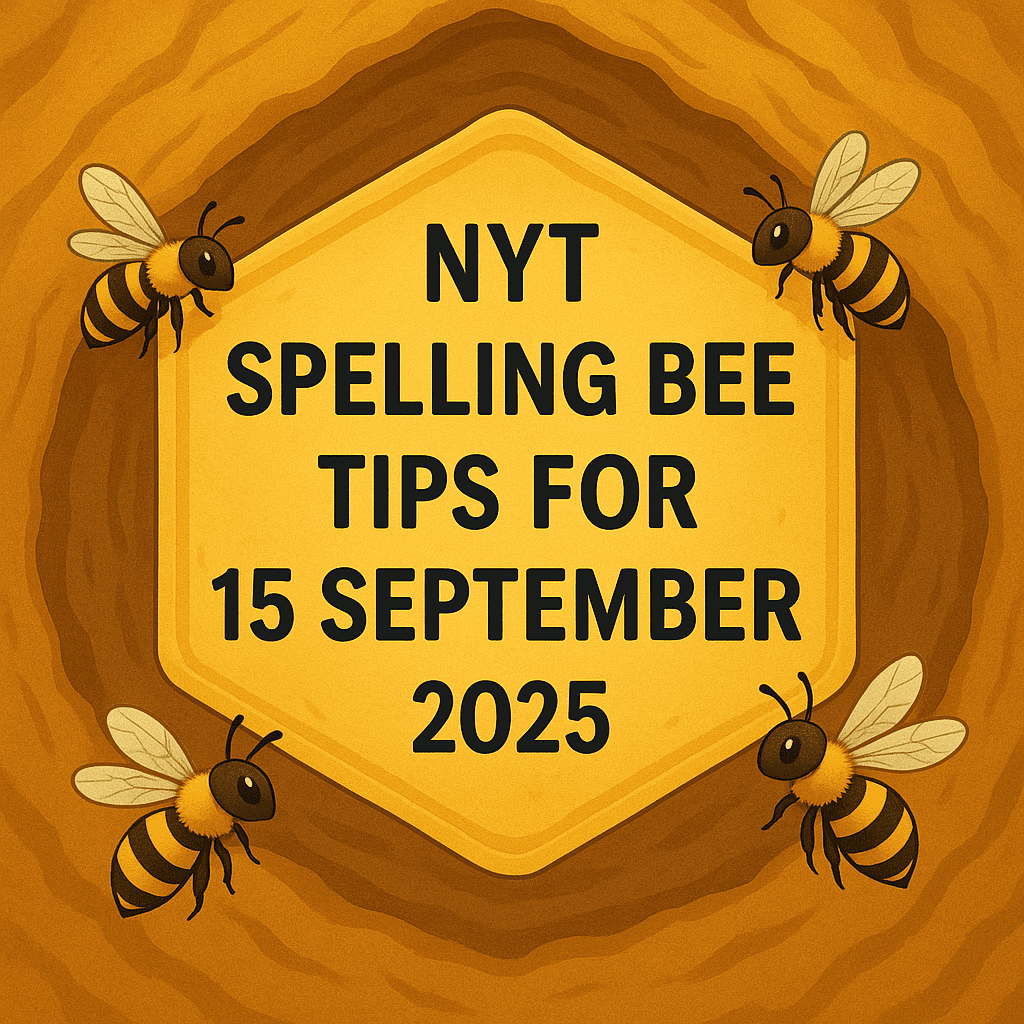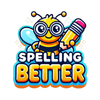The New York Times Spelling Bee has a way of keeping solvers hooked every single day, and today’s puzzle was no exception. The hive featured W as the center letter, with the outer letters T, H, A, E, D, C. At first glance, the presence of several strong consonants and vowels promised both opportunities and challenges. After working through the shorter and more obvious words, I eventually uncovered the pangram: WATCHED.
Step 1: Working With the Center Letter
The most important rule of the Spelling Bee is that every word must include the center letter—in today’s case, W. I began by anchoring words around it. This quickly brought up smaller entries like wet, wed, wad, and hew. These basic words aren’t high scorers, but they warm up the mind and help form connections for longer terms.
Step 2: Building Out the Short Words
Once I had a few words, I went after all the obvious three- and four-letter combinations. Today’s hive made it easy to find plenty:
-
wet, wed, wad, dew, awe, hat, the, eat, tea.
-
Expanding slightly: chat, cheat, what, heat, head, wade.
These gave me momentum. I noticed clusters forming around wh- starters and -ed endings, which are often reliable leads to bigger words.
Step 3: Spotting Word Patterns
The key to cracking any Spelling Bee puzzle is to lean into familiar clusters and endings. Today, a few jumped out right away:
-
wh- starter: what, when, wheat, whet.
-
-ed ending: waded, chewed, watched.
-
ch- cluster: chat, cheat, chad.
By chasing down these families of words, I started to see longer and more rewarding entries appear.

The breakthrough moment came when I assembled W + A + T + C + H + E + D. Suddenly, the word WATCHED emerged. It was the perfect pangram—familiar, logical, and made up of nearly all the hive’s letters.
Finding the pangram is always the highlight of the puzzle. It ties everything together and validates all the shorter work that led up to it.
Step 5: Expanding the Word List
With the pangram secured, I circled back to systematically gather more words. Here’s a breakdown of the list I compiled:
Word List
4-letter words:
-
what
-
wade
- awed
- chew
- thaw
- weed
- whee
- whet
- whew
5-letter words:
- wheat
- cawed
- hawed
- hewed
- tweed
- tweet
- waded
- watch
6-letter words:
- wadded
- wedded
- heehaw
- wechat (variant)
- chewed
- thawed
- weeded
7-letter words:
- Pangram: watched
- tweeted
- whetted
(Note: The NYT official list may vary slightly, depending on which uncommon or proper forms they allow.)

Step 6: What Today’s Puzzle Teaches
What made today’s puzzle both tricky and enjoyable was the reliance on clusters. Without the wh- starter or -ed endings, it was easy to get stuck in the shorter words. The challenge was to step back, look at larger structures, and realize that bigger words like watched were hiding in plain sight.
It’s a reminder that Spelling Bee rewards persistence and pattern recognition. Even if you get stuck with three- and four-letter words, there’s often a longer construction waiting just around the corner.
A Look Back at the Challenge
September 15, 2025, was a rewarding puzzle with the pangram WATCHED as the centerpiece. From everyday words like wet and hat to more complex finds like wheat and chewed, the hive was full of variety.
If you struggled today, don’t worry. Every hive has its quirks, and every miss is a chance to sharpen your skills for tomorrow. Keep experimenting with clusters, test different suffixes, and always circle back—you never know when the pangram will reveal itself.






